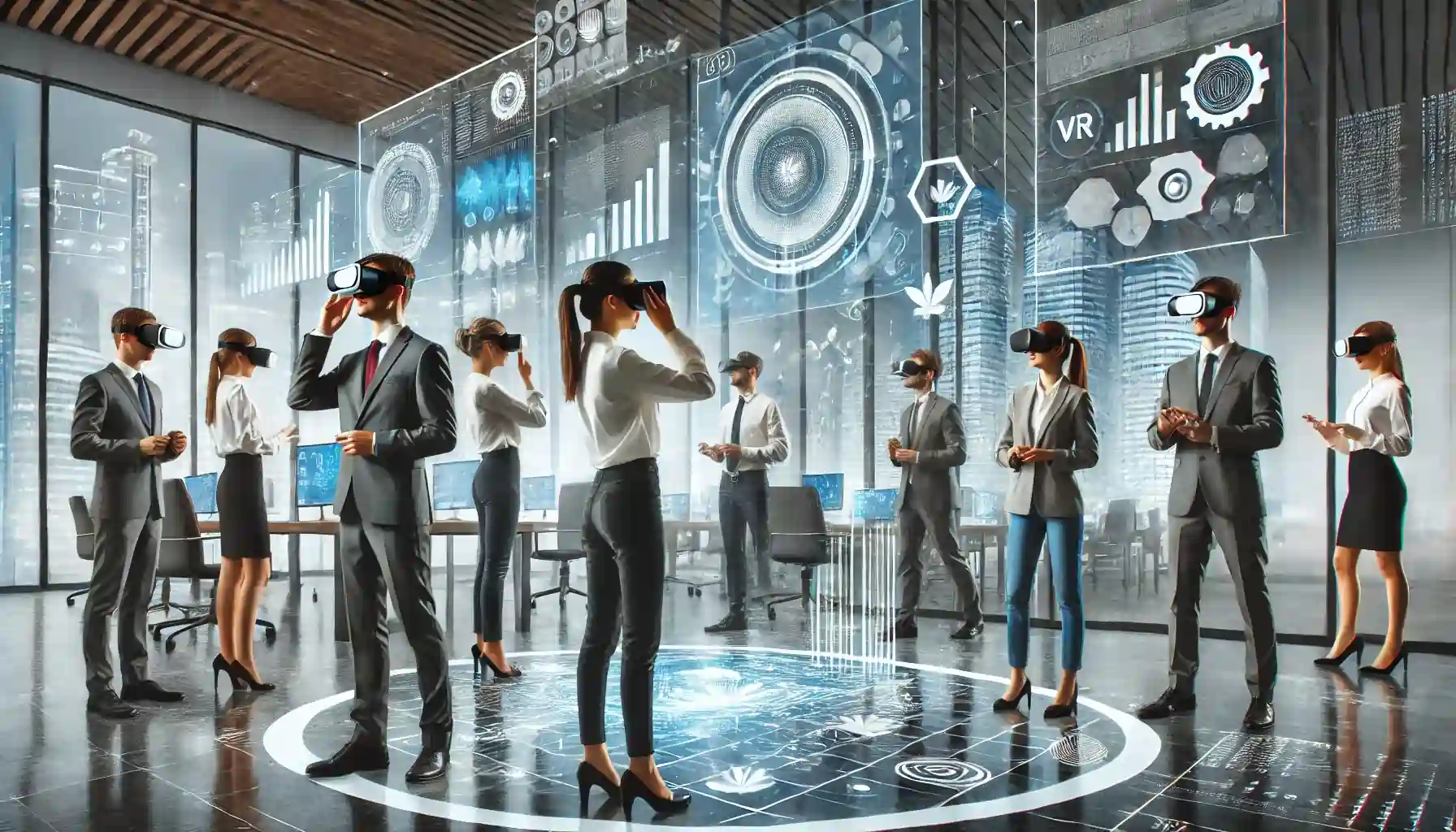The integration of virtual and augmented reality technologies into workplace environments is picking up steam, as evidenced by the innovative approaches companies are taking to enhance their operational efficiencies and employee engagement. Among the pioneers of this integration is Trever Stewart, an animation producer at BENT Image Lab
, who has expertly replicated his company’s studio into the metaverse, offering clients a unique, immersive experience in viewing animated content development.
As the world increasingly moves online, the shift towards virtual offices has been accelerated by advancements in technology and the widespread adoption of remote working arrangements necessitated by the Covid-19 pandemic. Big tech firms, including Meta (formerly Facebook), have been at the forefront, promoting virtual reality (VR) as a superior alternative to traditional video conferencing tools like Zoom.
Meta’s launch of Horizon Workrooms is a testament to this push, aimed at creating more engaging and interactive virtual work environments. However, despite the high initial interest and investment in virtual collaboration tools, the journey has not been without its challenges. The widespread adoption of such technologies has been hampered by issues related to the complexity and comfort of VR headsets, cost concerns, and the sheer inertia of changing traditional work processes.
Nevertheless, sectors where VR and AR can offer significant practical benefits, such as healthcare, engineering, and design, continue to embrace these technologies. Here, VR applications in training and simulations show great promise, especially in environments that are high-risk or require high precision.
Industry experts like Cortney Harding and Christophe Mallet are optimistic about the role of AI in enhancing virtual workspaces. They predict that AI could revolutionize virtual meetings and workspaces by facilitating real-time data analysis and translation, enriching interactions, and streamlining processes in ways that traditional video calls cannot.
The persistence of such technological innovations and integrations into daily work routines underscores a significant shift towards more dynamic and interactive methods of collaboration and productivity. As companies continue to navigate and innovate within this space, the potential for widespread adoption of VR and AR in professional settings looks increasingly promising, setting the stage for a new era of digital workplace solutions.

